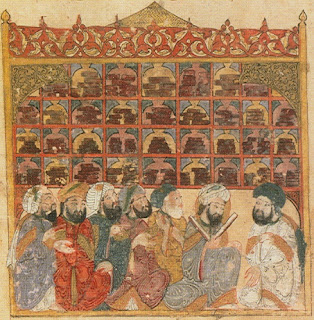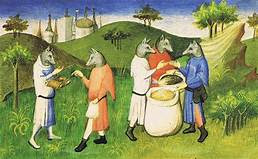The Battle of Nicosia - July 14, 1229

In 1229, the rapaciousness of the Emperor’s baillies provoked a response they apparently had not anticipated. In less than three months, they were facing not resistance or insurgency but a full-scale challenge to their authority in the shape of an invasion. Whereas, with their mercenaries, they had held a monopoly on force of arms up to this point, in early July 1229 they were confronted by an army led by two barons with hundreds of knights. In the most comprehensive modern history of the Kingdom of Cyprus, Prof. Peter Edbury writes that “spurred on by the news of the sequestration of their fiefs and plight of their womenfolk,” [i] a force of men raised by the Lord of Beirut set sail from Acre and landed at the Templar fort of Gastria to the north of Famagusta. The size of that force is unrecorded, but it must have included several hundred knights. The Five Ballies Frederich II had left in control of Cyprus (See: The Emperor’s Men) controlled not only the feudal resources o

